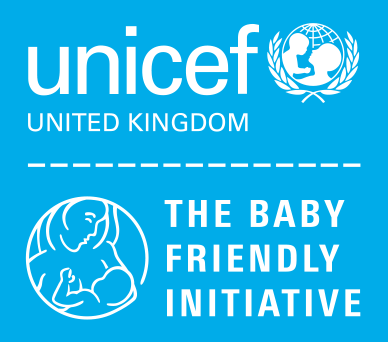The impact of labour interventions on breastfeeding and infant health
In this preview of her 2018 Annual Conference talk, Karin Cadwell shares findings from her new research into the impact of synthetic oxytocin and other labour interventions on breastfeeding and infant health.
I’ve worked in the world of breastfeeding support for many years and have witnessed first-hand the effect of changes in birthing practices on breastfeeding. For example, I remember traveling to California in the early 80’s and hearing about babies that wouldn’t latch on. This was anathema to me in my Pennsylvania practice. We would see an occasional case of a baby who was early, jaundiced or otherwise weak who needed coaxing to latch, and often extraordinary measures to maintain sufficient milk production, but nothing like the wave of problems I learned about in California.
Then, one of our local hospitals hired a full time OB anesthesiologist and epidurals began. The nurses reported an immediate outbreak in flat nipples and babies who had trouble latching. One of the nurses told me that it was almost as though the baby didn’t know that the breast was there! Now, epidurals, labor induction and augmentation with synthetic oxytocin, operative deliveries and elective cesarean births are widespread with ubiquitous breastfeeding problems. Whilst advances in labor interventions have helped reduce infant and maternal mortality during labor, it’s crucial that we consider the other implications of these now widespread practices, particularly where the need for them is not clinically indicated.
What could the problem be?
I ask myself almost every day, how can something that is so fundamental to good health, in fact our survival as a species, be so difficult? How can it be that babies fail to latch when the characteristics of their mother’s Montgomery gland secretions are analogous to their unique amniotic fluid flavor? What has happened to otherwise healthy, full term babies in the process of being born that they would deny themselves the ultimate pleasure nursing?
In the service of answering these (and other) questions, my colleagues and I have embarked on several well-received research studies with the finding that babies’ behavior, especially in the critically sensitive period in the first hour after birth, is clearly affected by epidural administration that includes fentanyl and by labor induction and/or augmentation with synthetic oxytocin.
Synthetic oxytocin is chemically identical to the oxytocin that humans produce. We began to wonder, what was the range of potential physiologic effects on the mother and baby that could occur when the labor is induced or augmented with synthetic oxytocin? And, what does that mean for health outcomes for the mother and baby, even beyond breastfeeding?
We used a research technique that is more commonly used in social work and epidemiology to try to find hidden cases. The modified ascending, link tracing methodology, or snowball technique, identified studies about breastfeeding and human lactation which described physiologic pathways related synthetic oxytocin and breastfeeding outcomes.
Our findings
We then developed a way to think about these visually: a cascade model. We identified three physiologic pathways: dysregulation of the maternal OT system, crossing of the fetal blood brain barrier, and uterine hyper-stimulation. Downstream negative effects related to breastfeeding that we found include decreased maternal endogenous oxytocin, increased risk of negative neonatal outcomes, decreased neonatal rest during the first hour with the potential of decreasing the consolidation of memory, decreased neonatal pre-feeding cues, decreased neonatal reflexes associated with breastfeeding, maternal depression, somatic symptoms and anxiety disorders. No positive relationships between the administration of synthetic oxytocin and breastfeeding were found.
Given these findings, we need to look again at the nearly ubiquitous practice of inducing and accelerating labor with the use synthetic oxytocin, and consider how we can better support breastfeeding and protect the health of both baby and mother.





